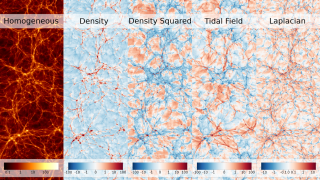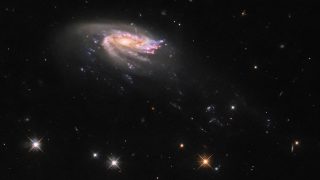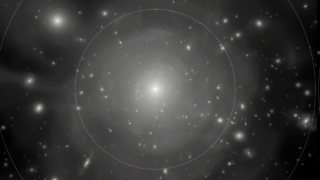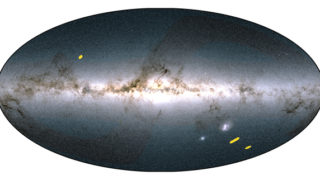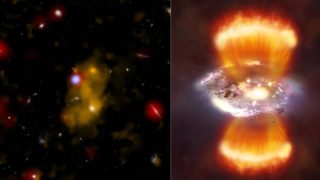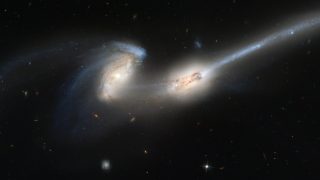
Dusty star-forming galaxies can trace cosmic overdensities
The evolution of the cosmic star formation rate density paints a dynamic picture of galaxy evolution, with rapid stellar build-up at redshifts above 2, followed by a stark drop in SFRs of galaxies towards the present day. The origins of this down-turn are likely due to a mixture of feedback processes, broadly categorized as caused […]
